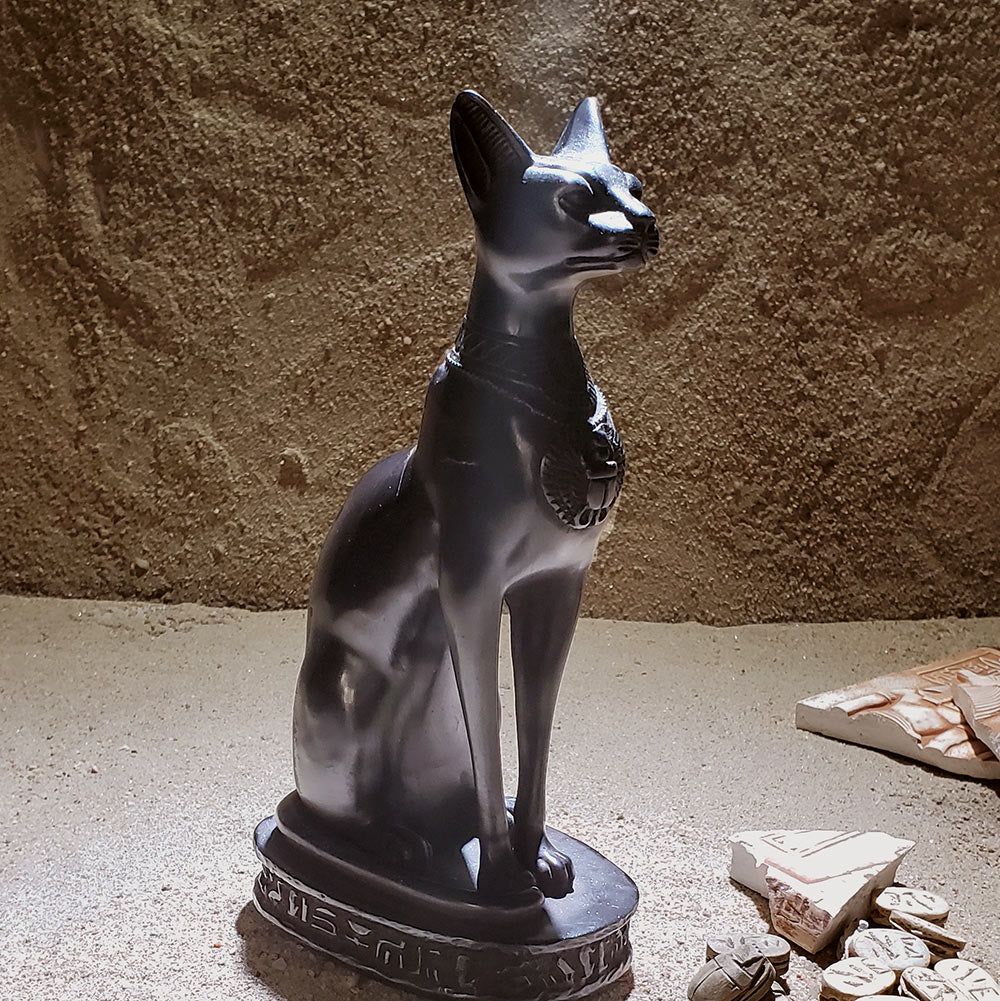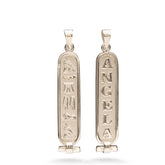The Art and Craft of Ancient Egyptian Pottery
The primary material used was Nile silt clay, which was abundant and provided good plasticity and strength after firing. Marl clay was also used, especially for finer wares. Early pottery was often hand-built using techniques such as coiling.

Introduced around the Old Kingdom period, the potter's wheel allowed for more uniform and refined shapes. Pottery was fired in simple open fires initially, but later in more controlled kilns that allowed for higher temperatures and better results. Pottery was made for everyday items such as storage jars, cooking pots, bowls, and plates. Items made for burial contexts were often more decorative and included items like canopic jars and offering trays.
Pottery was often decorated with engravings or incisions, depicting daily life, religious motifs, or geometric patterns. Although less common in early periods, glazes became more prevalent, especially during the New Kingdom and later periods. Archeologists are excavating ancient pottery in Egypt to this day.







